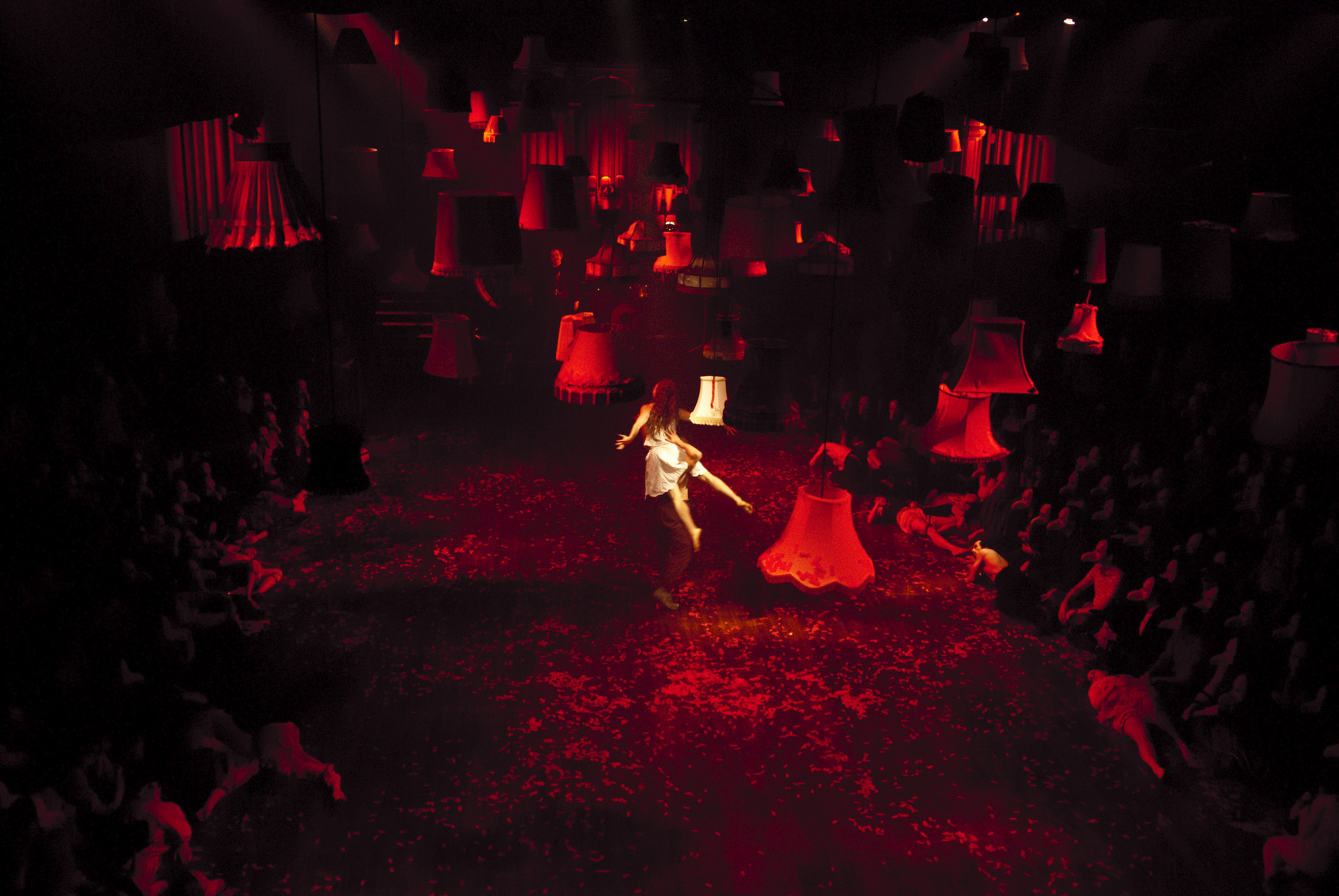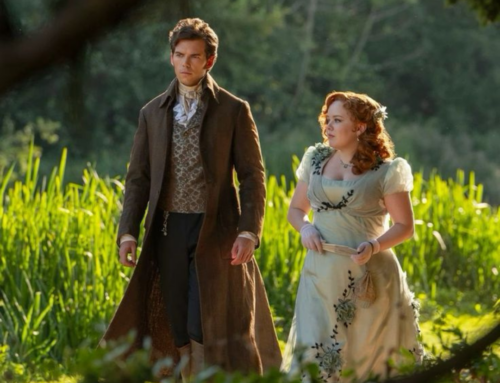Storytelling through sight, sound, and space

Books usually take several chapters, many pages and thousands of words to tell a story. Marketing is very different – there are only a few seconds to send a message. In fact, we live in a time where ads, especially those online, are easy to skip, and those in print aren’t guaranteed to capture audiences’ attention.
As modern communication encounters the challenge of shortened attention spans, what is the most efficient way to tell a story? This year’s MMK programme looked to theatre, one of the oldest forms of attention-grabbing storytelling, where students had the opportunity to engage with artists from Punchdrunk, through a workshop around the art of storytelling.
Punchdrunk is a British theatre company that takes over spaces to create an immersive theatre experience. Unlike any other theatre show, it involves the audience in telling its stories in a “choose your adventure” format. There is no stage; there is no set flow, and audiences can choose to follow the story of any actor in a life-like set – making each audience member’s experience different from the rest, each and every time. Having created these experiences for over 20 years, Punchdrunkare expert immersive storytellers.
This brings us back to the audience: when we think of telling them a story, we think dialogue, acting, and visuals. But, the Punchdrunk workshop helped our MMK students understand the effect of elements like sounds, light, temperature, object placement, and space on perceptions, character building, and even audience interpretation.
The actors conducted a real-time set-building exercise that gave students a hands-on view of how these elements all come to play, and how these create an impact on the kinds of stories one wants to tell. At the end of the exercise, it showed how even without dialog, any element within the story – whether it be visual, tactile, or simply anything that appeals to any one of the senses – can create a strong impact. That said, each element is added deliberately and with purpose.
Now, how can this be applied to communication and marketing? While it’s always easy to be held hostage to a story we want to tell, it is worth remembering that there are various effective ways to deliver it.
Indeed, we refer to the art of storytelling for a reason. Art requires creativity and vision. That’s why brands need to harbour the ability to transport consumers into their own world by engaging with them and letting them be part of the story.
Take for example a recent Pepsi campaign. The brand had a simple message to convey: that burgers are better with Pepsi, as opposed to its long-time rival Coca-cola. To deliver the message effectively, they used colour to tell the story.
They simply played with the packaging of popular fast food wrappers to reveal the hidden Pepsi logo within famous brands like Burger King and Wendy’s – making a logo inception that drove home the message that the brand naturally goes with burgers.
In the past, McDonald’s have also cleverly used light to convey its 24/7 services, and the BBC has used shadows to promote its drama-horror television series, Dracula.
With attention spans shortening and the number of choices increasing, brands will need to find more than just the right words to not only get noticed, but be remembered. They need to go off-script and go beyond words to build an experience around their products and services that are driven by immersive elements to help them win the war of attention.
Following Punchdrunk’s success in immersive storytelling, there might just be unexplored secrets and best practices marketeers can borrow from the theatre. The question is: are brands bold enough to experiment?





